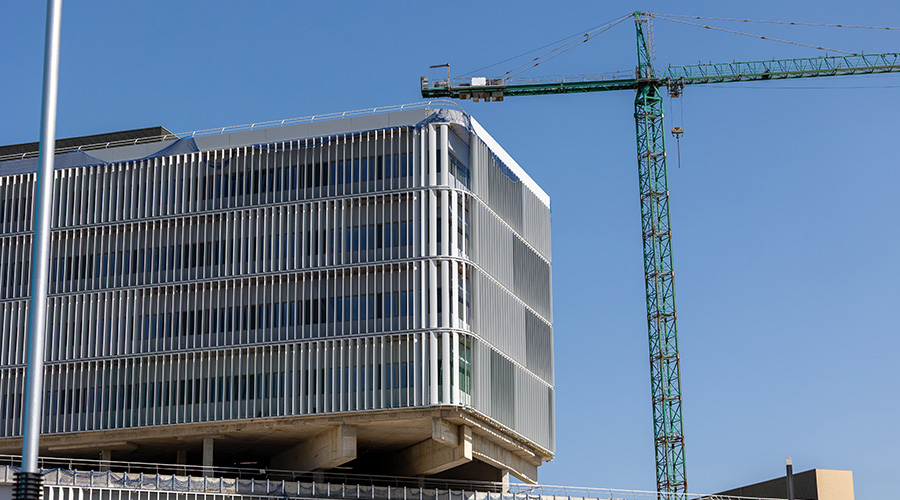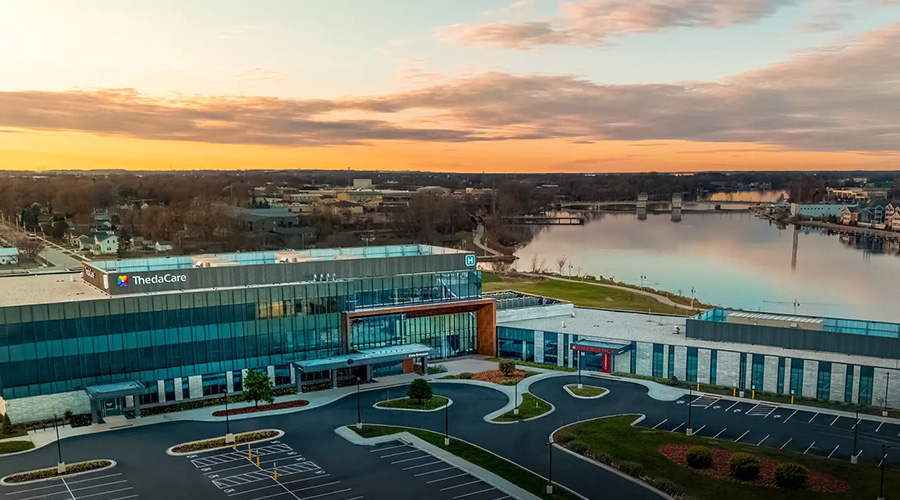The enactment of the Affordable Care Act will transform just about every aspect of healthcare delivery, according to an article on the Contract magazine website. The legislation targets issues from access to affordable care to the improvement of patient safety and care quality. One of the fundamental components of the law is the transformation of the reimbursement system. Instead of only paying hospitals based on the volume of care provided, the Affordable Care Act shifts the reimbursement model to one based on care quality.
Hospitals are now rewarded for improving the patient experience. Beginning in 2015, hospitals will also be reimbursed based on their ability to reduce patient harm as a result of hospital-acquired conditions. With evidence-based design findings, designers can help address this problem.
So, what solutions can designers provide as part of an integrated approach to improve the patient experience, reduce patient harm, and—as a consequence—potentially realize increased CMS reimbursement, the article asks? There are two items on the Hospital Consumer Assessment of Healthcare Providers and Systems' (HCAHPS) inpatient survey that pertain to the built environment—noise and cleanliness—both of which can be improved with good design. According to the article, Evidence indicates that the physical environment impacts many essential healthcare outcomes including patient and staff safety, patient stress and satisfaction, staff effectiveness, the quality of care, sustainability, and healthcare cost.
Just as medicine has increasingly moved toward an “evidence-based” system where clinical decisions are informed by research, healthcare design is increasingly guided by research linking the physical environment to outcomes, and is moving toward evidence-based design. The underlying assumption is that the built environment provides the stage for all care delivery, and consequently impacts care delivery outcomes, the article said.
Read the article.

 Building Sustainable Healthcare for an Aging Population
Building Sustainable Healthcare for an Aging Population Froedtert ThedaCare Announces Opening of ThedaCare Medical Center-Oshkosh
Froedtert ThedaCare Announces Opening of ThedaCare Medical Center-Oshkosh Touchmark Acquires The Hacienda at Georgetown Senior Living Facility
Touchmark Acquires The Hacienda at Georgetown Senior Living Facility Contaminants Under Foot: A Closer Look at Patient Room Floors
Contaminants Under Foot: A Closer Look at Patient Room Floors Power Outages Largely Driven by Extreme Weather Events
Power Outages Largely Driven by Extreme Weather Events